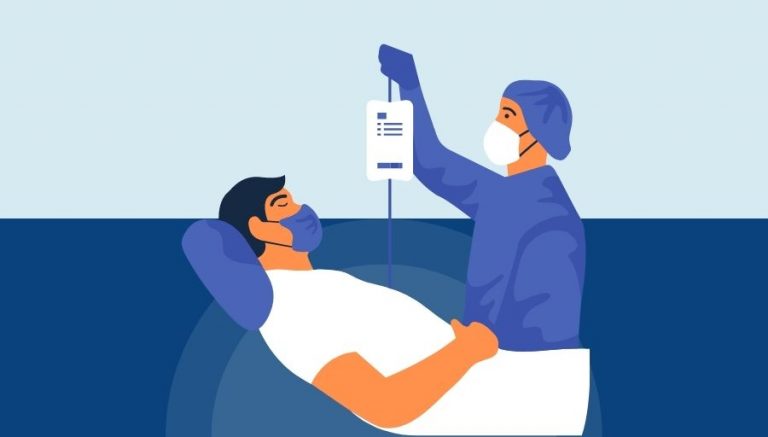How To Use CPT Code 11720
CPT 11720 refers to the debridement of 1 to 5 nails by any method, and this article will cover its description, procedure, qualifying circumstances, usage, documentation requirements, billing guidelines, historical information, similar codes, and examples.
1. What is CPT 11720?
CPT 11720 is a medical billing code used to describe the surgical debridement (removal) of 1 to 5 abnormal, diseased, or infected nails. This procedure is performed to treat conditions such as onychomycosis, a fungal infection of the toenails, and other nail-related issues.
2. 11720 CPT code description
The official description of CPT code 11720 is: “Debridement of nail(s) by any method(s); 1 to 5.”
3. Procedure
The 11720 procedure involves the following steps:
- Evaluation of the patient’s nails to determine the extent of the disease or infection.
- Selection of the appropriate method for debridement, which may include manual removal with a surgical instrument or an electric grinder.
- Application of a local anesthetic if necessary.
- Debridement of the affected nails, removing the diseased or infected portions.
- Application of any necessary dressings or medications to promote healing and prevent infection.
- Providing the patient with post-procedure care instructions and scheduling any necessary follow-up appointments.
4. Qualifying circumstances
Patients eligible to receive CPT code 11720 services typically have one or more of the following conditions:
- Onychomycosis (fungal infection of the nails)
- Painful nails due to infection or disease
- Difficulty in ambulation for patients with neurological or vascular illness or diabetes
- Hypertrophy of the nail causing deformity or excessive thickness, leading to separation of the nail plate from the nail bed
It is important to note that Medicare and most payers do not cover routine nail care. Adequate documentation must be provided to justify the nail care, and it is recommended to check with the payer to ensure the service is covered.
5. When to use CPT code 11720
CPT code 11720 should be used when a healthcare provider performs debridement of 1 to 5 nails due to the presence of abnormal, diseased, or infected nails. This code is appropriate for billing when the patient meets the qualifying circumstances mentioned above and the procedure is medically necessary.
6. Documentation requirements
To support a claim for CPT 11720, the following information should be documented:
- Patient’s medical history and relevant diagnoses
- Physical examination findings, including the condition of the nails
- Indications for the procedure, such as pain, difficulty in ambulation, or infection
- Method of debridement used
- Number of nails debrided
- Post-procedure care instructions and follow-up appointments
7. Billing guidelines
When billing for CPT code 11720, it is important to follow the appropriate guidelines and rules. These may include:
- Adding a modifier from T1 to T9 and TA to identify the foot and toe that was treated. If the procedure was performed on the nails of the hand, use modifiers F1 to F9 and FA.
- For debridement of 6 or more nails, use CPT code 11721 instead.
- Ensure that the patient meets the qualifying circumstances and that the procedure is medically necessary.
- Provide adequate documentation to support the claim, as mentioned in the documentation requirements section.
8. Historical information
CPT 11720 was added to the Current Procedural Terminology system on January 1, 1997. The code was changed on January 1, 2009, with the previous descriptor being “Debridement of nail(s) by any method(s); one to five.”
9. Similar codes to CPT 11720
Five similar codes to CPT 11720 and how they differentiate are:
- CPT 11719: This code is used for trimming of non-dystrophic nails, which is a less invasive procedure than debridement.
- CPT 11721: This code is used for debridement of 6 or more nails, as opposed to 1 to 5 nails in CPT 11720.
- CPT 11055: This code is used for the removal of skin lesions, such as corns or calluses, rather than nail debridement.
- CPT 11056: This code is used for the removal of multiple skin lesions, as opposed to nail debridement in CPT 11720.
- CPT 11730: This code is used for the complete removal of a nail plate, which is a more extensive procedure than debridement.
10. Examples
Here are 10 detailed examples of CPT code 11720 procedures:
- A patient with diabetes presents with painful, thickened nails on three toes, making it difficult to walk. The provider debrides the three affected nails using a surgical instrument.
- A patient with onychomycosis has two infected toenails. The provider uses an electric grinder to debride the diseased portions of the nails.
- A patient with peripheral vascular disease has four toenails with excessive thickness and deformity. The provider manually debrides the affected nails to alleviate pain and improve ambulation.
- A patient with a neurological disorder has three toenails that are causing pain and difficulty in walking. The provider debrides the nails using a surgical instrument.
- A patient with a history of nail infections has two painful, infected nails. The provider debrides the nails using an electric grinder to remove the diseased portions.
- A patient with a fungal infection has five affected toenails. The provider debrides the nails using a combination of manual removal and an electric grinder.
- A patient with a vascular disorder has four painful, thickened toenails. The provider debrides the nails using a surgical instrument to alleviate pain and improve ambulation.
- A patient with a history of nail infections has three infected toenails. The provider debrides the nails using an electric grinder to remove the diseased portions.
- A patient with diabetes has two painful, thickened toenails. The provider debrides the affected nails using a surgical instrument to alleviate pain and improve ambulation.
- A patient with a fungal infection has four affected toenails. The provider debrides the nails using a combination of manual removal and an electric grinder to treat the infection.


